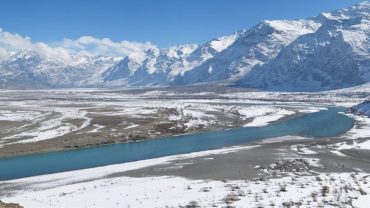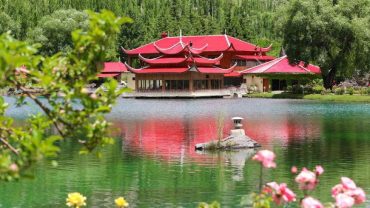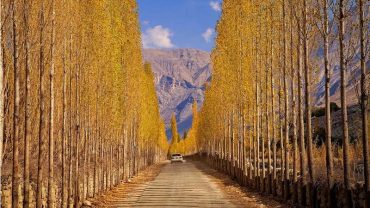Introduction
Nestled within the rugged embrace of Gilgit-Baltistan, Chilim Valley is a lesser-known treasure of the Astore region. With its terraced fields, glacial streams, and panoramic views of snow-draped peaks like Nanga Parbat, this valley offers a serene escape for trekkers, photographers, and culture seekers. Whether you’re chasing adventure or tranquility, this 2025 guide unpacks everything you need to explore Chilim Valley—from weather patterns to hiring expert guides.
1. Chilam Astore: Where Nature and Culture Collide
Chilim Valley (often referred to as Chilam Astore) is a picturesque sub-valley of Astore, located in northern Pakistan. Known for its untouched beauty, it serves as a gateway to remote villages, high-altitude treks, and cultural exchanges with the warm Wakhi and Shina communities. Key highlights include:
- Proximity to Nanga Parbat, the world’s ninth-highest mountain.
- Traditional villages like Tarashing and Rupal, offering homestays and insights into local life.
- Access to treks like the Rupal Valley Trail and Fairy Meadows.
2. Chilim Valley Weather: When to Visit in 2025
The valley’s weather dictates accessibility and activities:
- Summer (June–September):
- Temperature: 10°C to 25°C (ideal for trekking and camping).
- Conditions: Clear skies, lush greenery, and accessible roads.
- Autumn (October–November):
- Golden foliage and cooler temps (5°C–15°C), perfect for photography.
- Winter (December–March):
- Heavy snowfall (-5°C to 10°C) blocks roads; only recommended for experienced winter adventurers.
- Spring (April–May):
- Melting snow revives waterfalls, but landslides can disrupt travel.
Pro Tip: Visit between June and September for the safest and most vibrant experience.
3. How to Reach Chilim Valley?
Reaching Chilim requires careful planning due to its remote location:
- From Islamabad:
- Route: Islamabad → Babusar Top → Chilas → Astore → Chilim Valley.
- Distance: 450 km (12–14 hours). Split the journey over 2 days, stopping in Naran or Chilas.
- From Skardu:
- Route: Skardu → Deosai Plains → Chilim Valley (seasonal road via Sheosar Lake).
- Distance: 100 km (4–5 hours).
- From Gilgit:
- Route: Gilgit → Jaglot → Bunji → Astore → Chilim Valley.
- Distance: 130 km (4–6 hours).
Transport Options:
- Hire a 4×4 jeep (essential for rough terrain).
- Shared jeeps run from Astore town to Chilim villages (limited schedules).
4. Chilim Valley Tour Guide: Why You Need One
While solo travel is possible, a local guide enhances safety and depth:
- Navigational Expertise: Trails like Rupal Valley are unmarked and challenging.
- Cultural Bridges: Guides translate interactions and share folklore about the region.
- Logistical Support: Arrange permits, homestays, and transport.
- Cost: PKR 6,000–8,000/day (~20–20–30). Book through trusted agencies.
5. Final Tips for Visiting Chilim Valley in 2025
- Permits: Foreigners need a No-Objection Certificate (NOC) for restricted zones.
- Packing: Warm layers, waterproof boots, sunscreen, and a first-aid kit.
- Connectivity: No mobile networks—carry a satellite phone or inform loved ones in advance.
- Respect Nature: Avoid littering; support eco-friendly stays.
Conclusion
Chilim Valley is where the Himalayas whisper their wildest secrets. Whether you’re trekking through flower-kissed meadows, sharing stories with villagers, or marveling at Nanga Parbat’s grandeur, this valley promises a raw, unfiltered adventure. Use this 2025 guide to navigate its weather, routes, and local guides—and prepare to fall in love with Pakistan’s best-kept secret.





Comment (0)